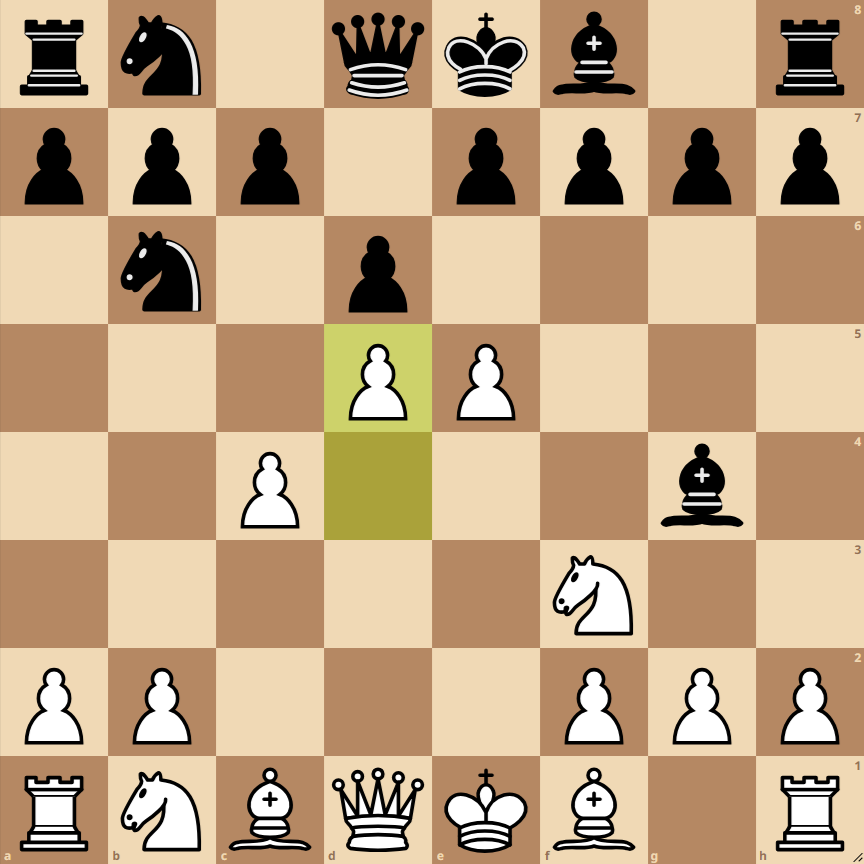How to Play the Alekhine Defense Modern Variation Vitolins Attack
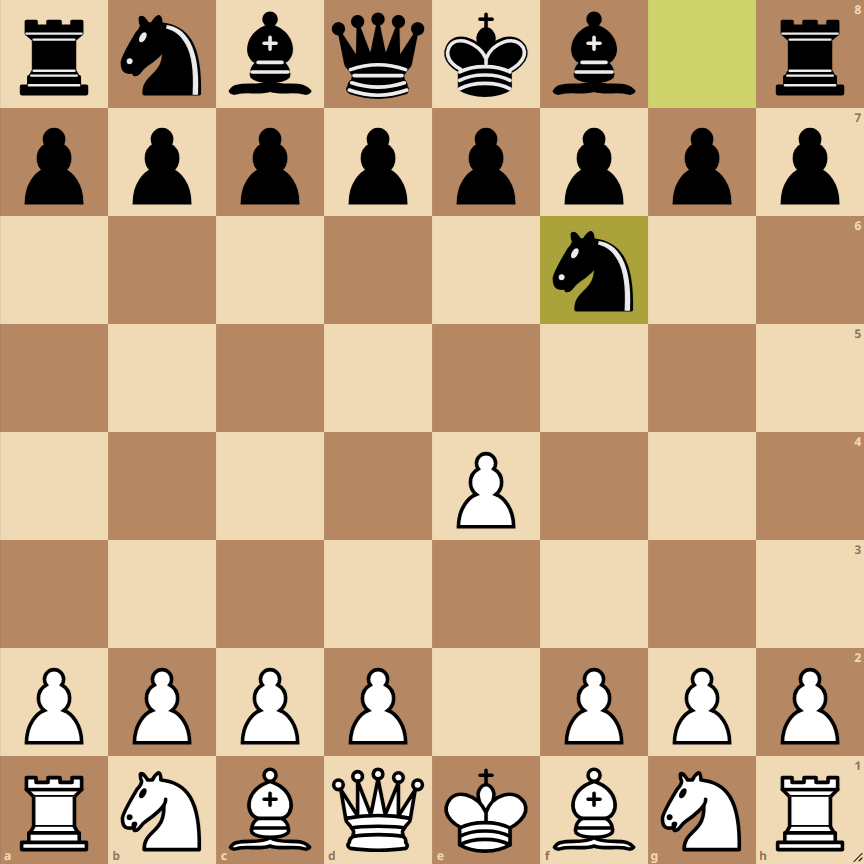
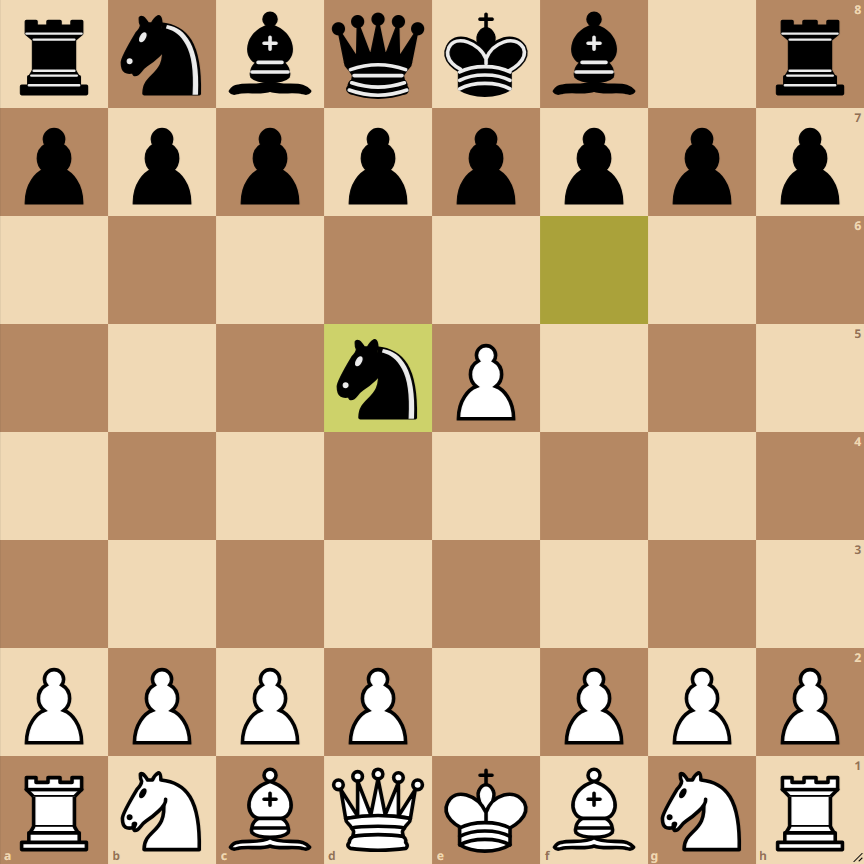
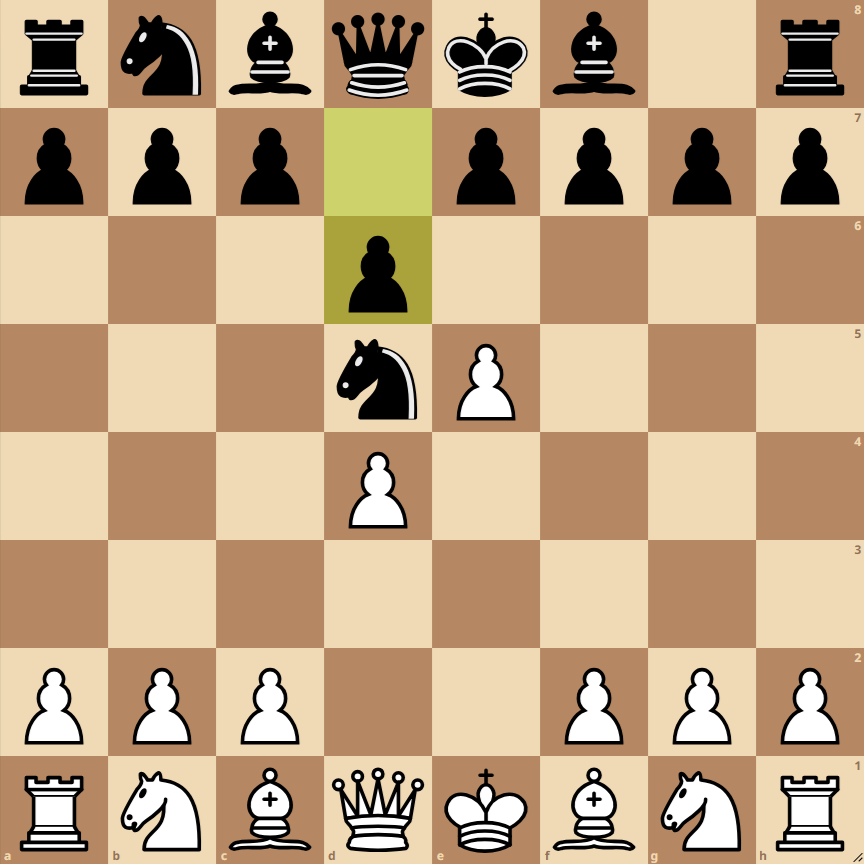
- 1. e4: White starts by occupying the center and preparing the development of their pieces, especially the bishop and queen.
- 1… Nf6: Black responds by attacking the e4 pawn and preparing their own development.
- 2. e5: White advances the pawn, putting pressure on the knight and gaining space in the center.
- 2… Nd5: The black knight moves to a central square, preparing expansion on the queen’s side.
- 3. d4: White reinforces the center and opens lines for the development of their pieces, especially the light-squared bishop.
- 3… d6: Black seeks to undermine the white center and prepare the development of their dark-squared bishop.
- 4. Nf3: Development of the white knight, protecting the central pawn and preparing for castling.
- 4… Bg4: Black develops their bishop to an active square, putting pressure on the white knight and preparing possible exchanges in the center.
- 5. c4: White advances the pawn to control more space in the center and limit the options for the black knight.
- 5… Nb6: The black knight retreats to a safer square, maintaining pressure in the center.
- 6. d5: White advances aggressively, closing the center and aiming to gain space on the kingside.
Variations of the Alekhine Defense Modern Variation Vitolins Attack
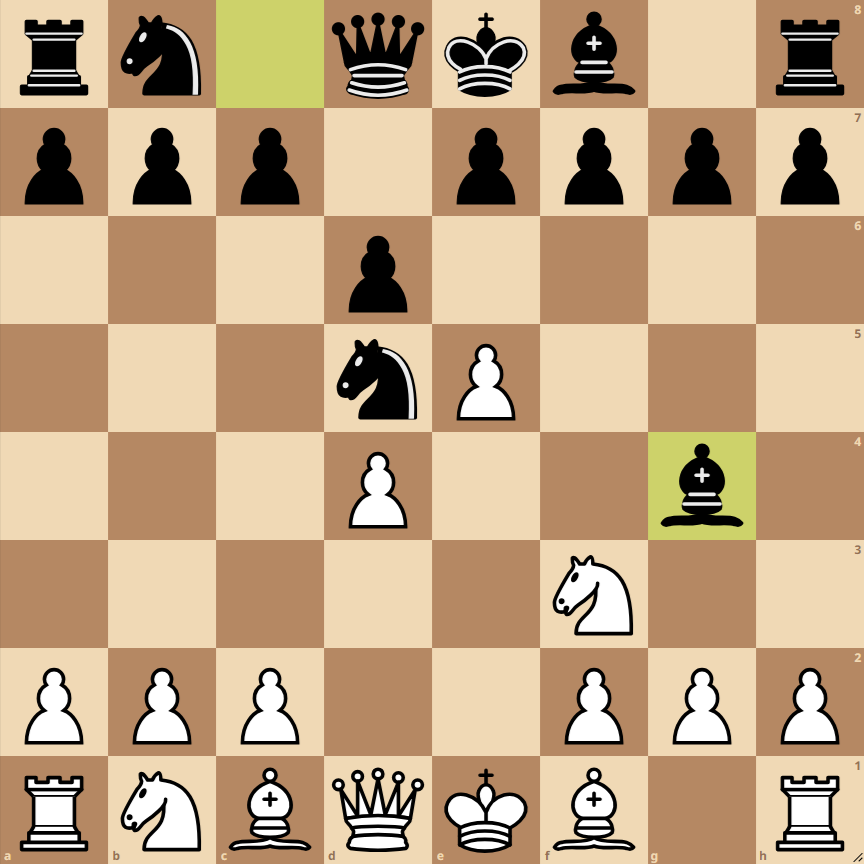
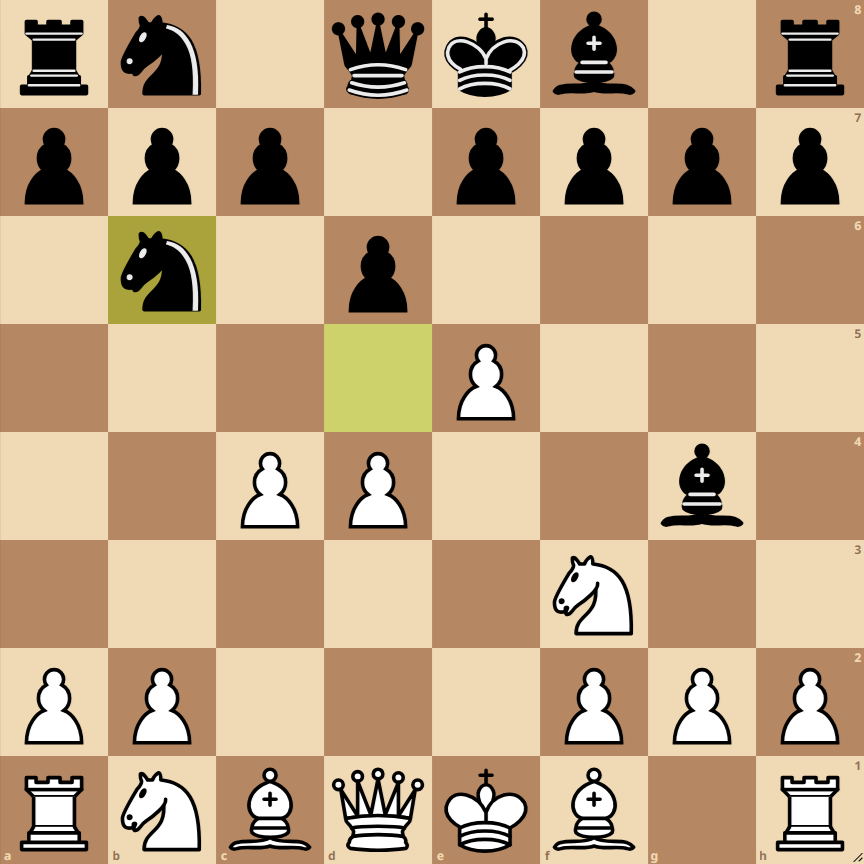
1… e6
An alternative for black is to play 1… e6, opting for a more conservative approach and preparing the development of the light-squared bishop.
2… d6
After 2. e5, black can choose 2… d6, immediately challenging the white center and preparing the development of their dark-squared bishop.
4… g6
Instead of 4… Bg4, black could play 4… g6, with the idea of fianchettoing their dark-squared bishop and exerting more control over the center along the long diagonal.
Alekhine Defense, Modern Variation, Vitolins Attack
Current Position: 1.e4 Nf6 2.e5 Nd5 3.d4 d6 4.Nf3 Bg4 5.c4 Nb6 6.d5
The Alekhine Defense, especially in its Modern Variation, is a bold and dynamic choice for black. The Vitolins Attack, named after the Grandmaster Māris Vītolinš, is characterized by its aggressive and direct play, aiming for firm control of the center and the creation of weaknesses in the opponent’s camp.
Strategies and Tactics for White:
- Control of the Center: White has advanced pawns in the center (e4 and d5), seeking to dominate these key squares. Control of the center allows greater piece mobility and attacking options.
- Development and King Safety: It’s important for white to develop their minor pieces (bishop and knights) quickly and consider castling to ensure the safety of the king.
- Pressure on the Kingside: With the advance of the pawn to d5, white can look for attacking opportunities on the kingside, especially if black decides to castle there.
- Exploit the Weakness on d6: Black’s pawn on d6 can become a target. Advancing the white pawn to c5 could be a strategy to increase pressure.
Strategies and Tactics for Black:
- Counterattack in the Center: Despite having less space, black looks for opportunities to counterattack in the center, possibly with moves like …e6 or …dxe5, aiming to unbalance white’s pawn structure.
- Play on the Wings: Black can seek active play on the wings, especially on the queenside, where they have more space.
- Exploit the Bishop Tension: The black bishop on g4 creates tension and can potentially exchange for the knight on f3 at the right moment, potentially disrupting white’s pawn structure and king safety.
- Flexibility of Plans: Black should remain flexible and respond to threats and opportunities that arise. This can include moves like …g6 followed by …Bg7, developing the bishop while controlling the center.
Next Best Moves:
- dxe5: This move directly challenges the central pawn of white and opens lines for the minor pieces.
- e6: Aims to break the pawn chain in the center and free up space for black’s piece development.
- Bxf3: Eliminates the knight on f3, potentially disrupting white’s pawn structure and clearing the path for black’s kingside castling.
Each of these moves carries different plans and possibilities, and their choice depends on the player’s style and overall strategy. The Alekhine Defense, especially in this variation, offers a rich and complex game, ideal for players who enjoy dynamic positions and sharp tactical play.

